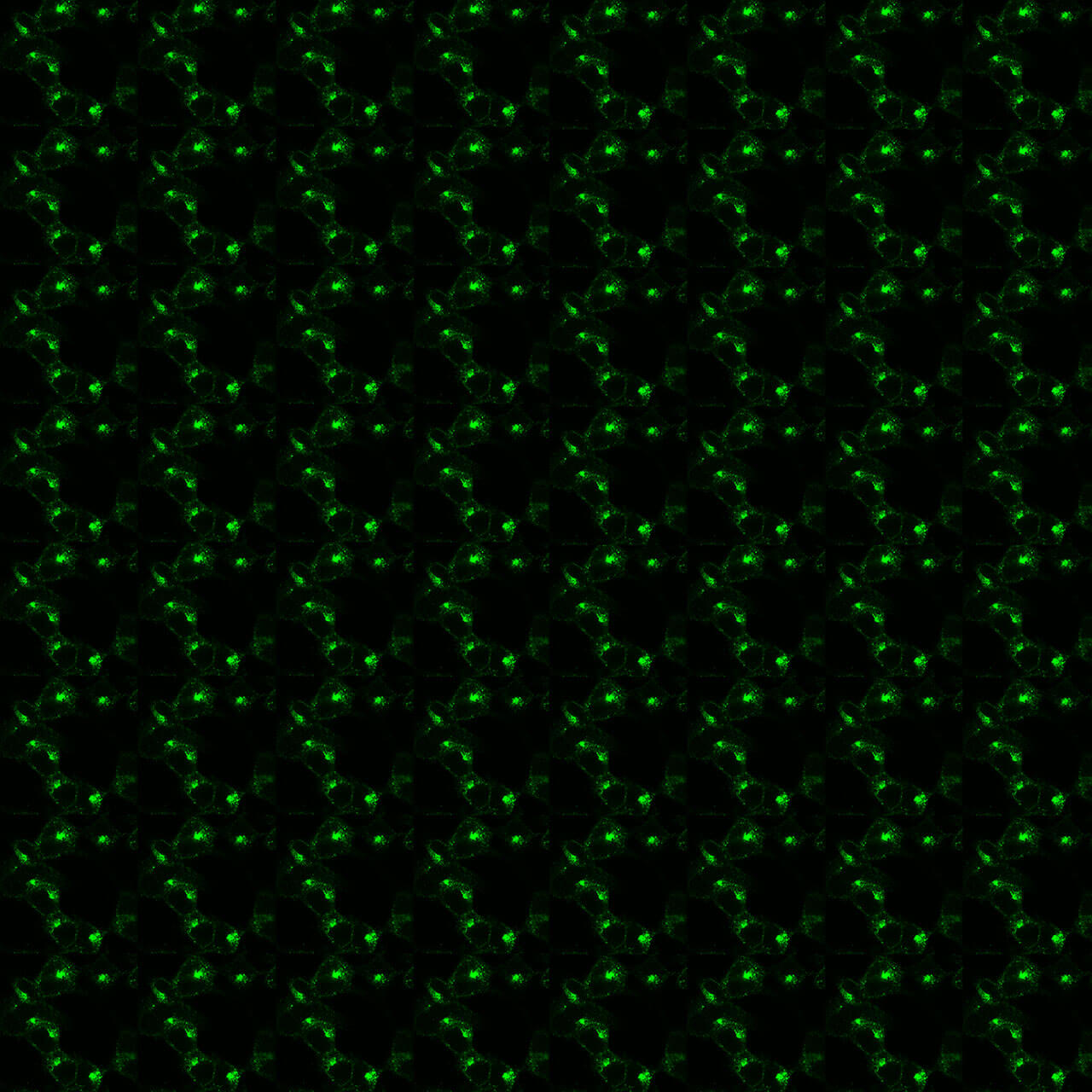Adenosine is ubiquitously present in the extracellular medium in all tissues and acts as a local modulator by activating four well-defined G protein-coupled receptors. The four adenosine receptors, called A1, A2A, A2B and A3, have been cloned from numerous mammalian species, including man. These receptors are denoted adenosine receptors, but may also be called P1 receptors to distinguish them from the receptors for nucleotides, which belong either to the family of transmitter-gated ion channels (P2X receptors) or the family of G protein-coupled receptors (P2Y receptors). All immune cells express receptors for adenosine. It is suggested that adenosine exhibits pro-inflammatory effects through its A1 receptor, and anti-inflammatory effects through A2A receptor. It is noteworthy that A1 receptor expression peaks during leukocyte recruitment, and this drives increased expression of A2A receptor which facilitates resolution of inflammation. Over the past decades highly selective agonists and antagonists for adenosine receptors have been developed. Caffeine is a nonselective antagonist for adenosine receptors, while istradefylline, a selective A2A receptor antagonist, is on the market for the treatment of Parkinson's disease.
 pS329-A2A (phospho-A2A Adenosine Receptor...
pS329-A2A (phospho-A2A Adenosine Receptor... 
